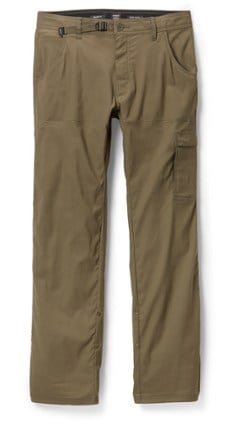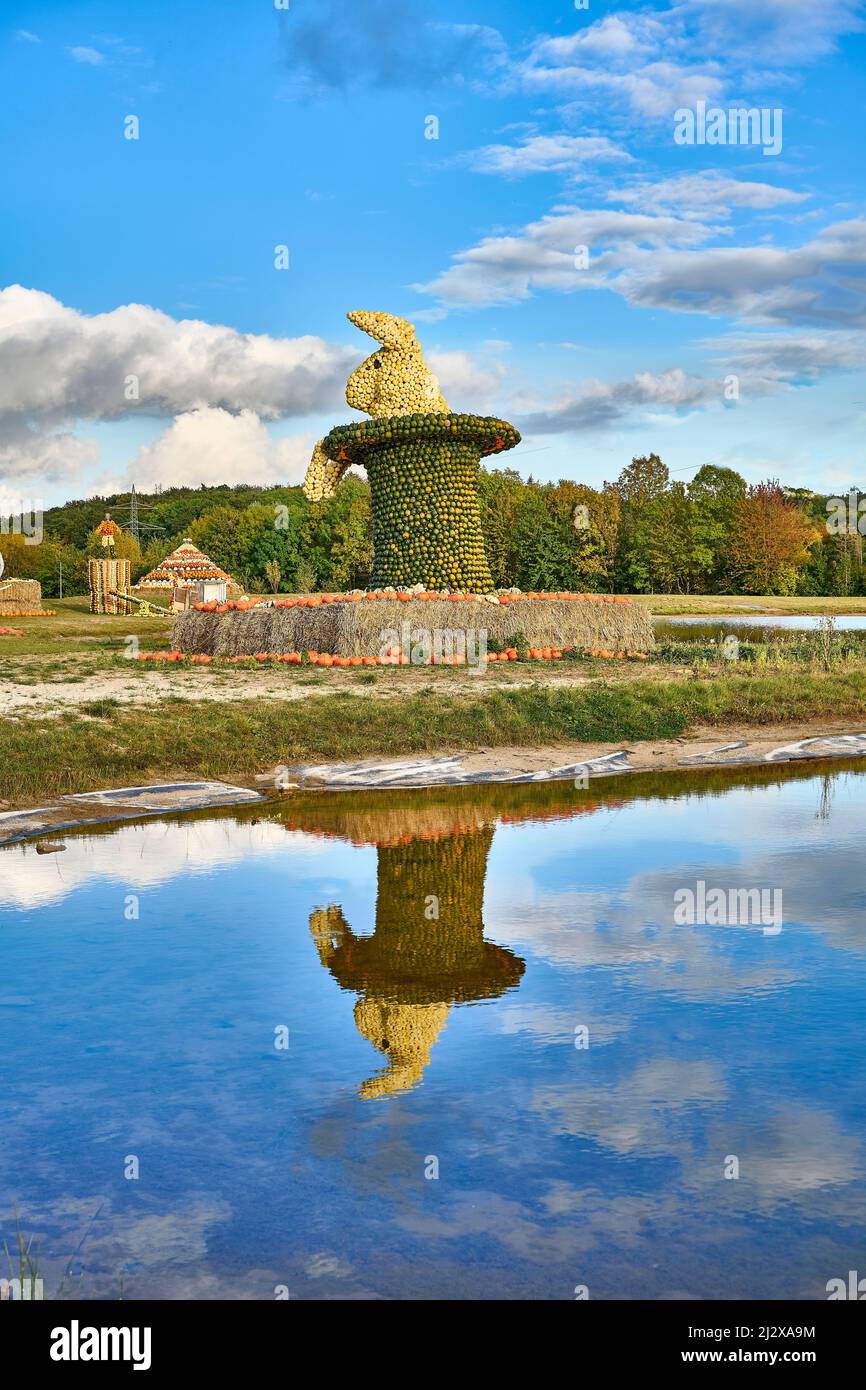JMSE, Free Full-Text
$ 17.00 · 4.6 (312) · In stock
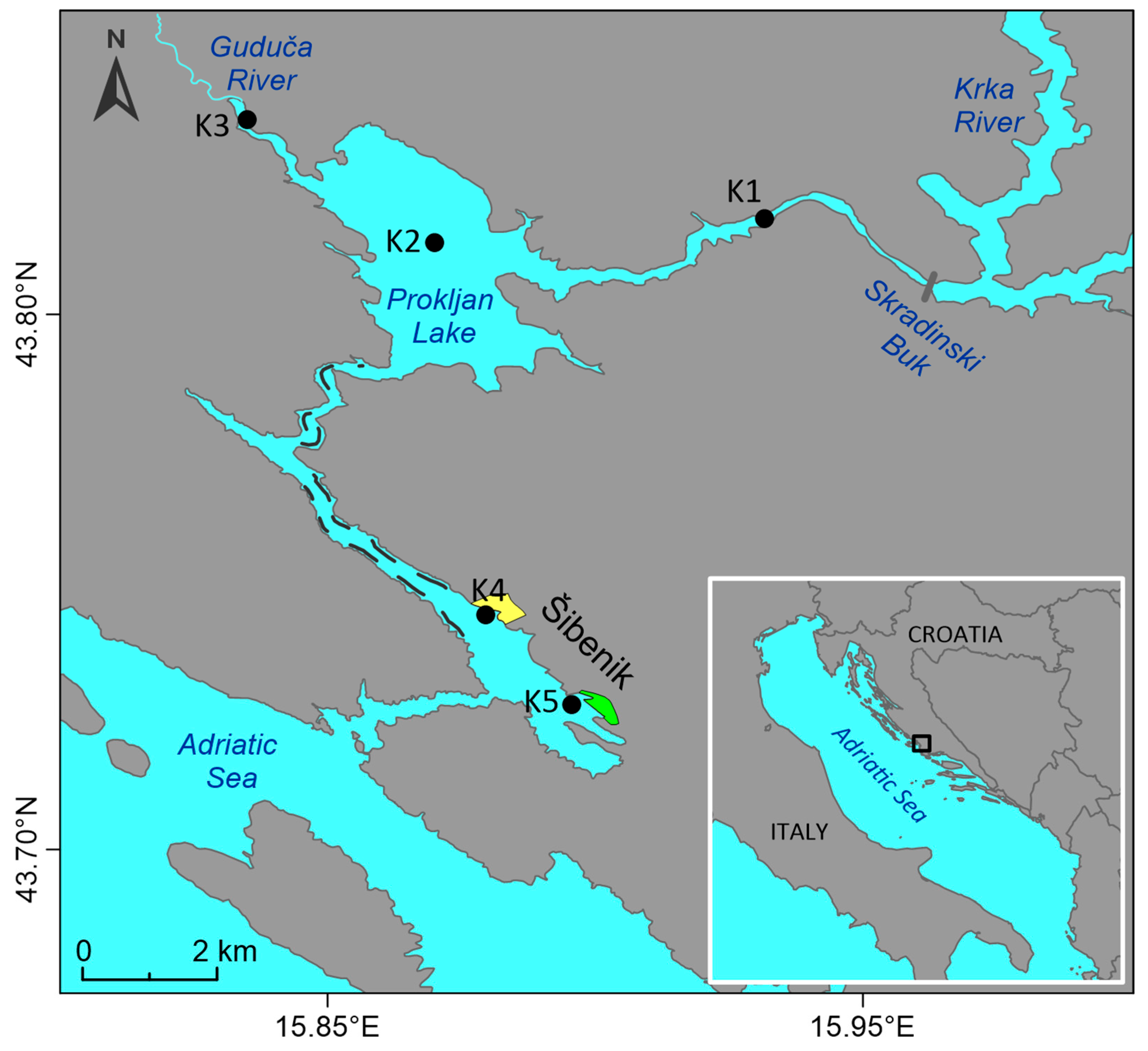
To study the processes that govern the post-depositional mobility of metals in the estuarine sediment, five sediment cores were sampled in the Krka River estuary (Croatia). The obtained concentration ranges in the pore water were 0.057–49.7 μM for Fe, 0.310–100 μM for Mn, 0.068–26.8 nM for Co, 0.126–153 nM for Cu, 11.5–2793 nM for Zn, 0.222–31.3 nM for Pb, 4.09–59.4 nM for U, 38.8–2228 nM for Mo, and 0.065–2.29 nM for As. The vertical distribution of metals in the dissolved and solid fraction of the sediment, coupled with other diagenetic tracers (e.g., dissolved sulphide), demonstrate the importance of early diagenetic reactions, in particular Fe and Mn oxyhydroxide and sulphate reduction, for the cycling of metals in the sediment. The redox zonation in the sediment was compressed, and the suboxic zone occurs immediately below the sediment–water interface. The estimated benthic fluxes in the estuary were 5220 kg y−1 for Fe, 27,100 kg y−1 for Mn, 6.00 kg y−1 for Co, 20.5 kg y−1 for Cu, 5.16 kg y−1 for Pb, 111 kg y−1 for Mo, and 87.3 kg y−1 for As. The riverine input was more important than the benthic flux, except in the case of Mn and Fe.
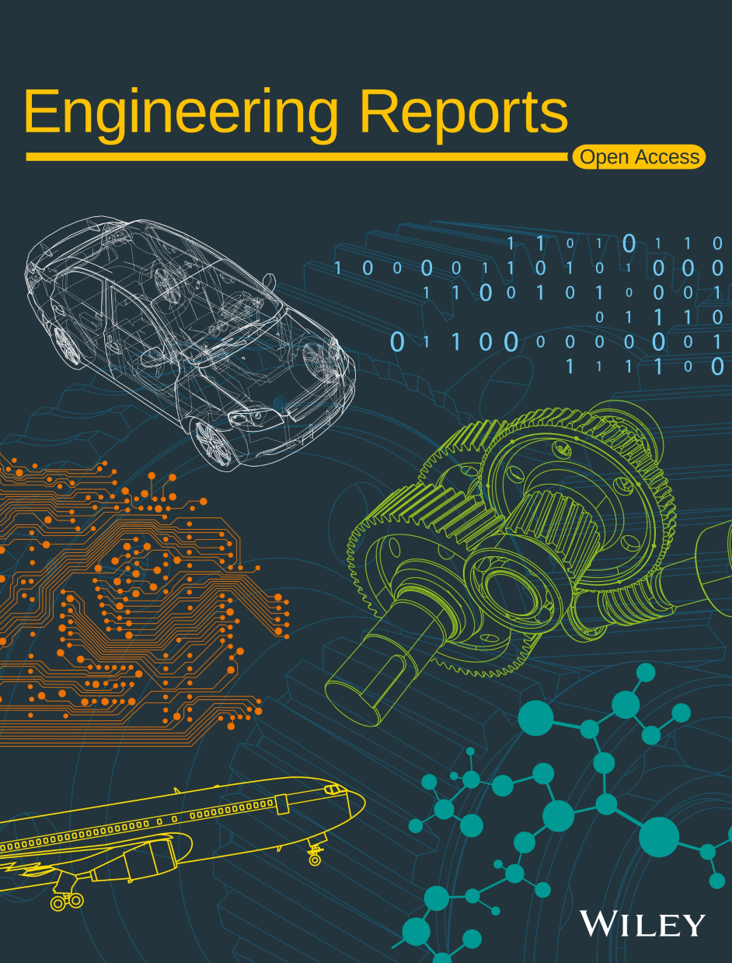
Journal of Software: Evolution and Process - Wiley Online Library

Ideal field-weakening power versus speed characteristics at rated
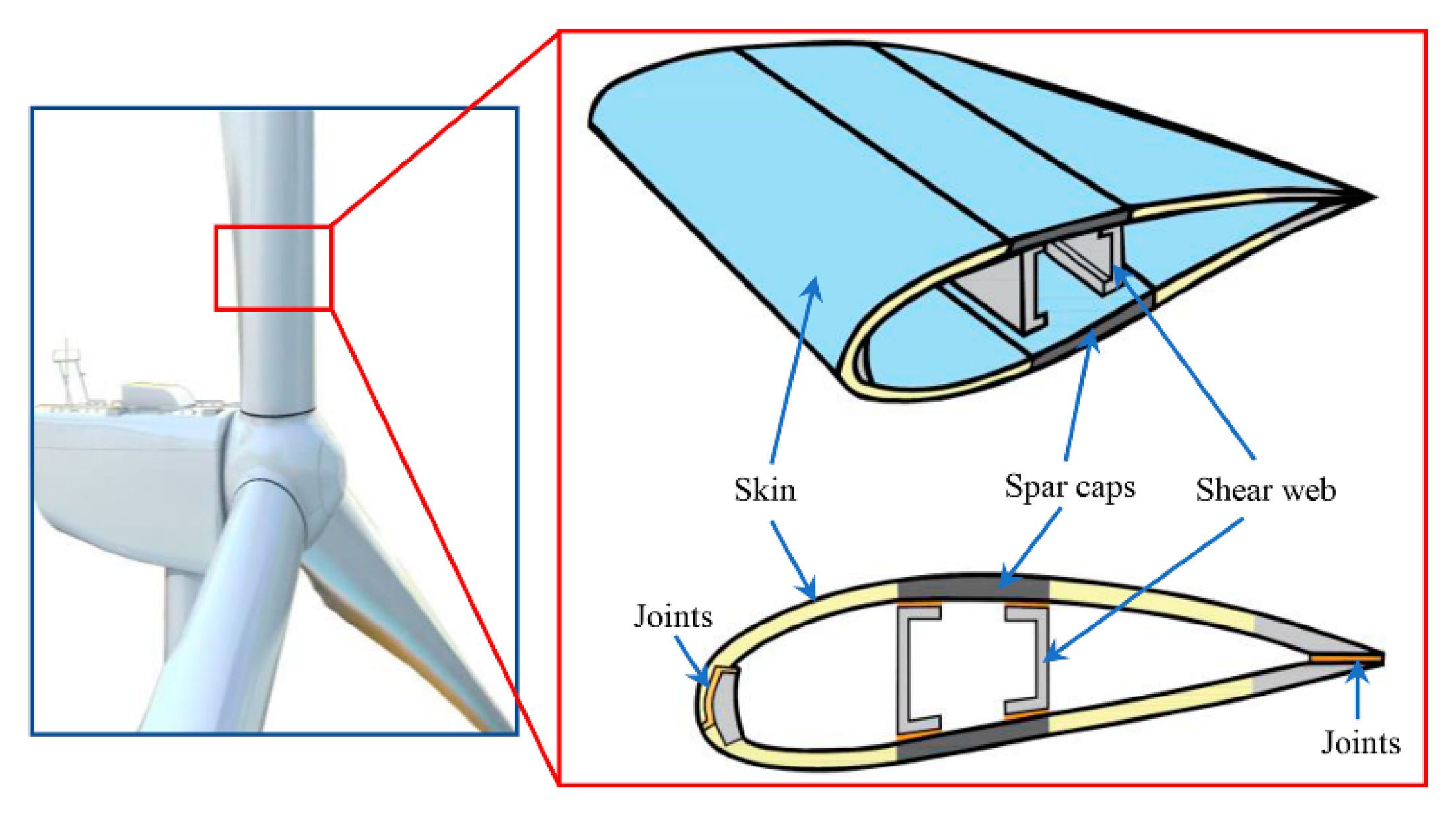
JMSE, Free Full-Text, windturbine
JMSE, Free Full-Text, windturbine
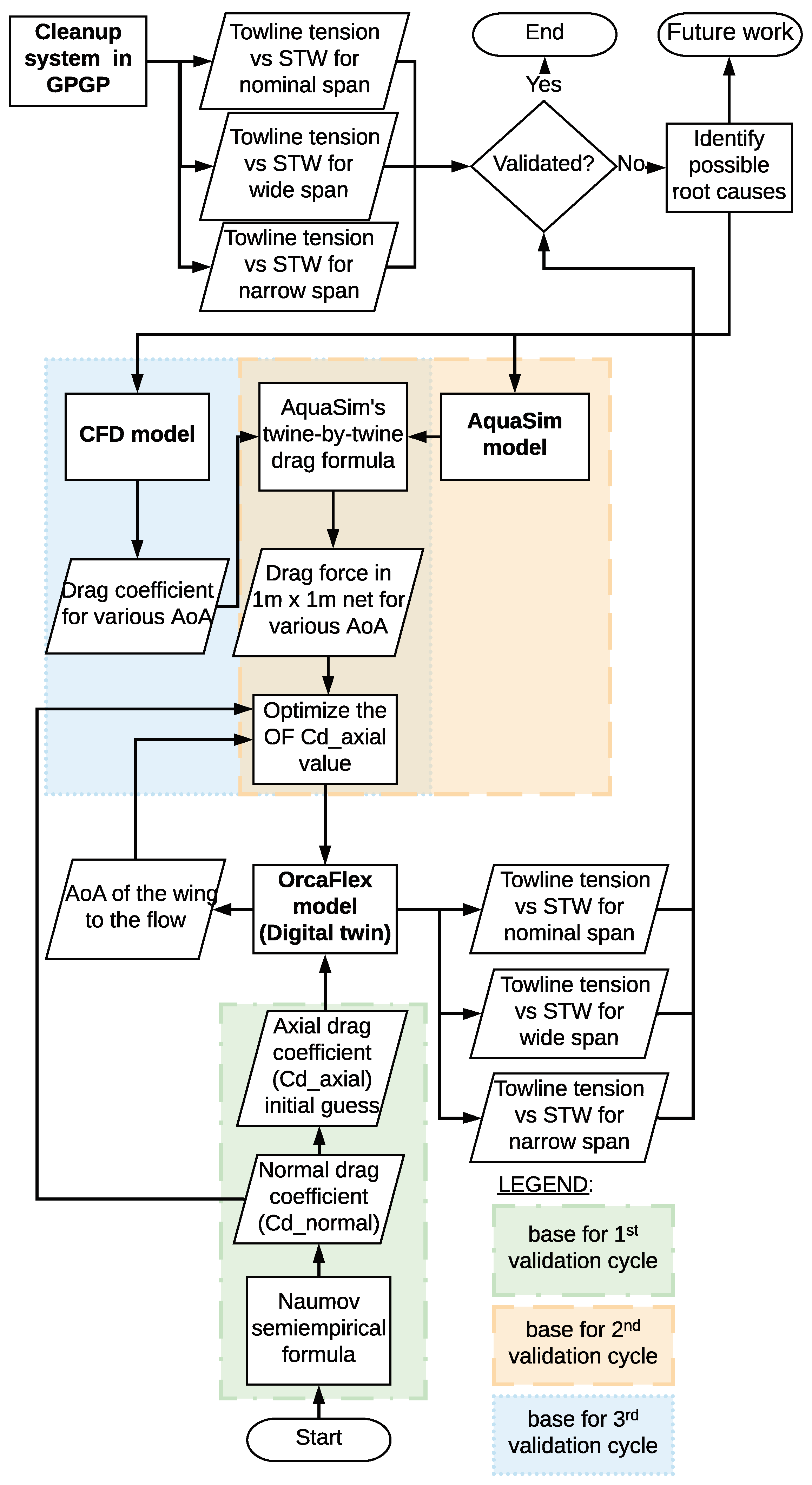
JMSE, Free Full-Text
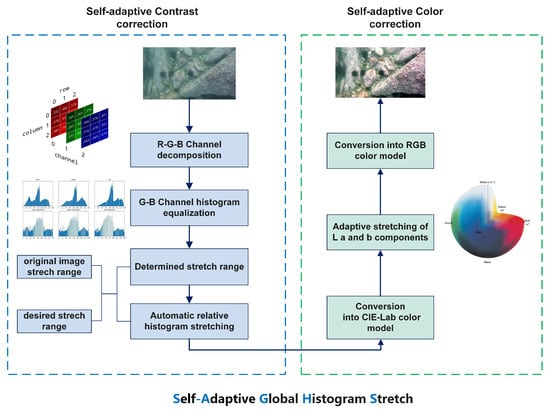
Color editing using local edit propagation. Top row: input

JMSE, Free Full-Text

JMSE, Free Full-Text

Journal of Management Science and Engineering




